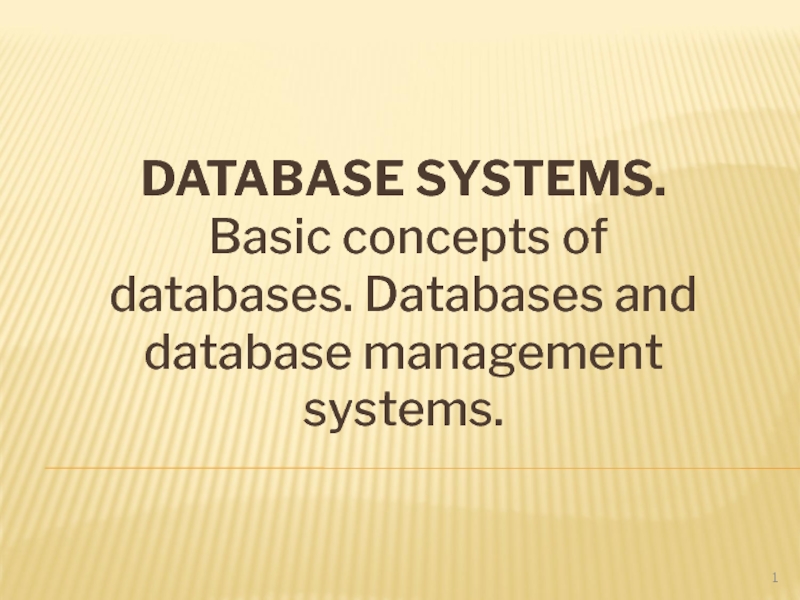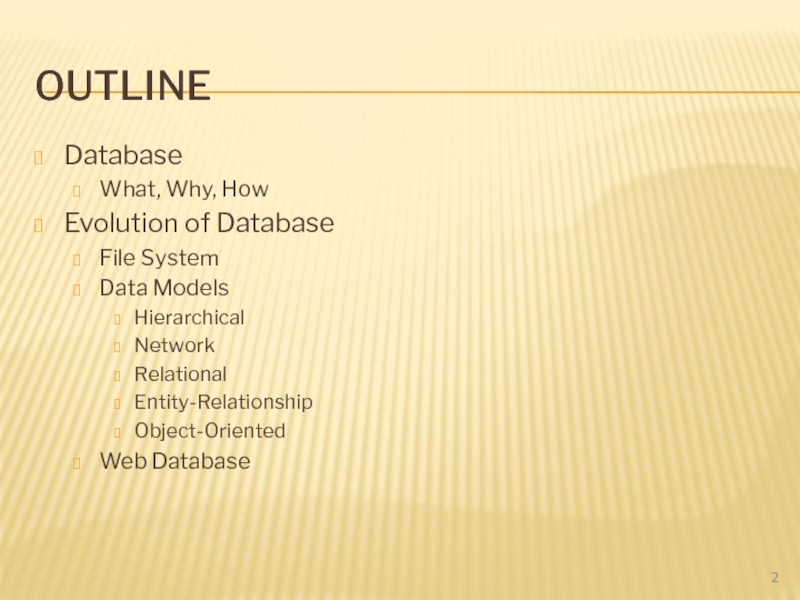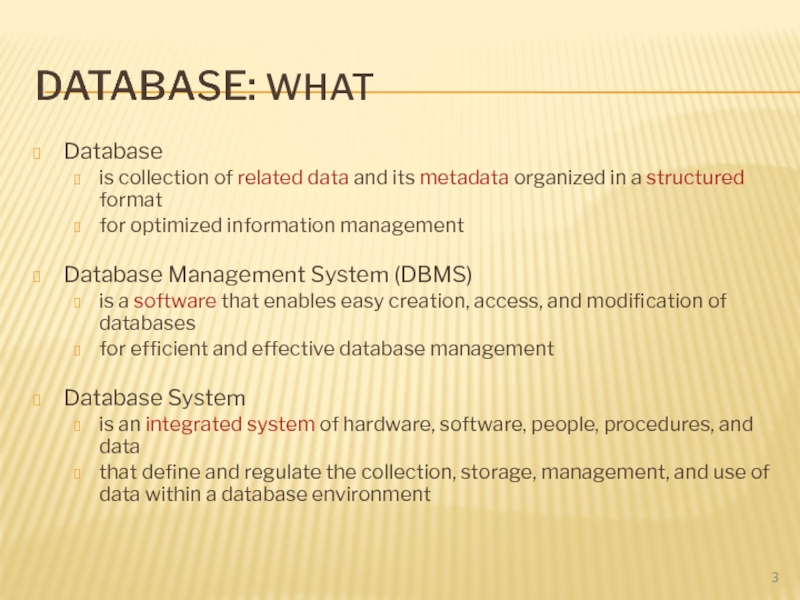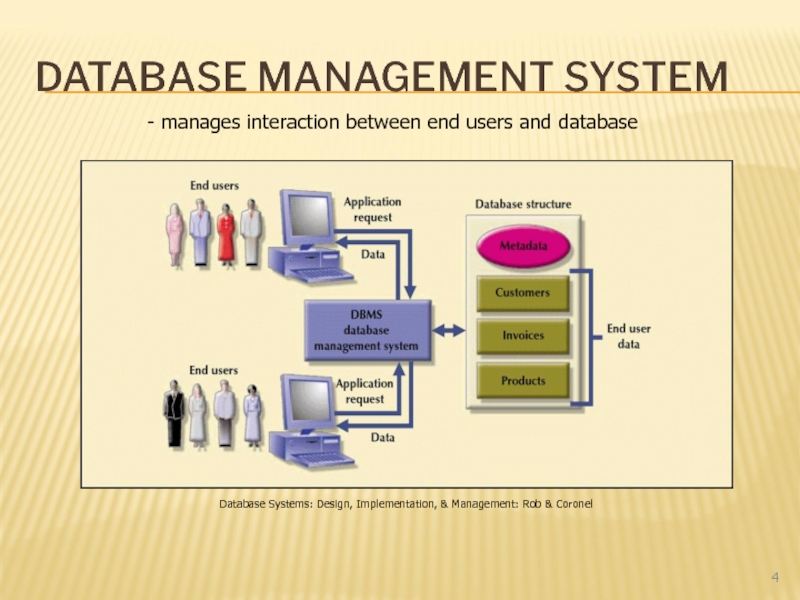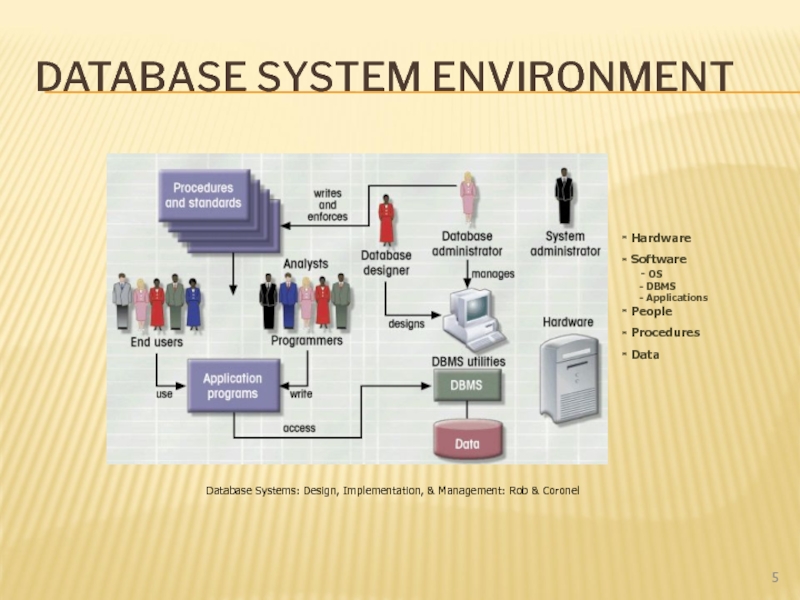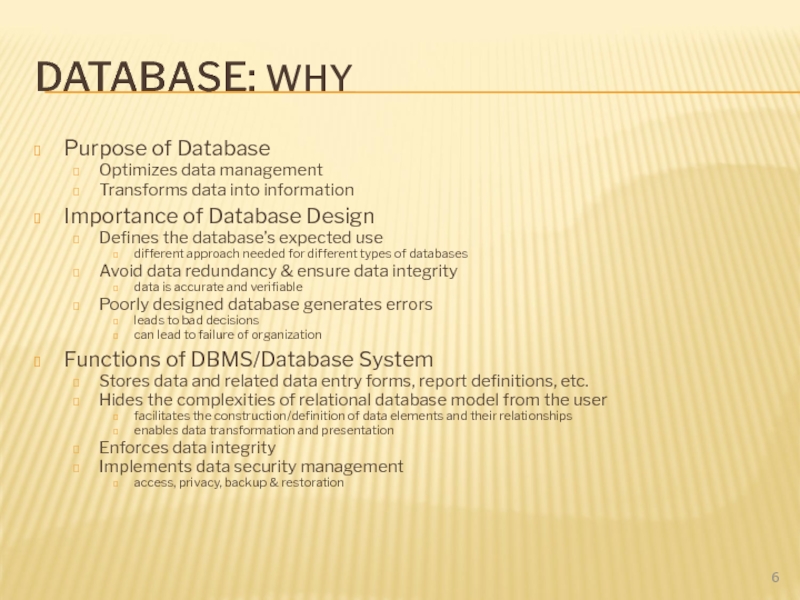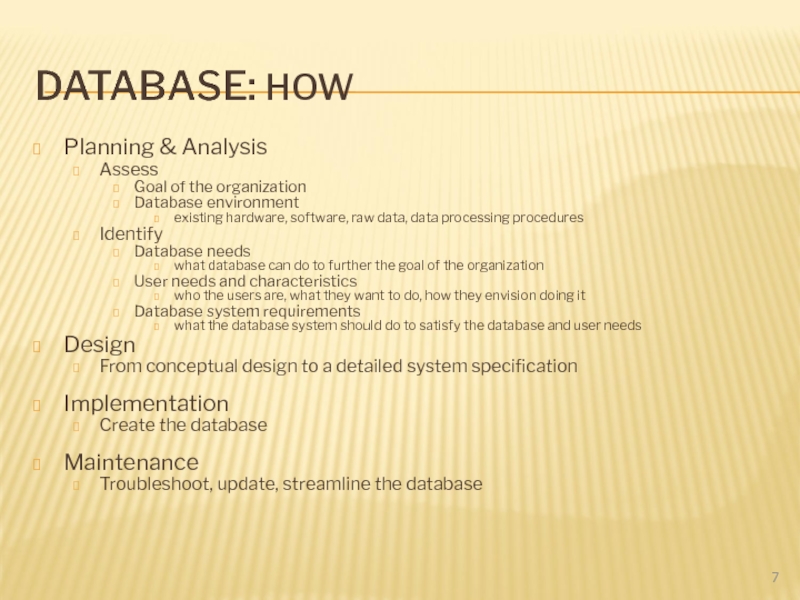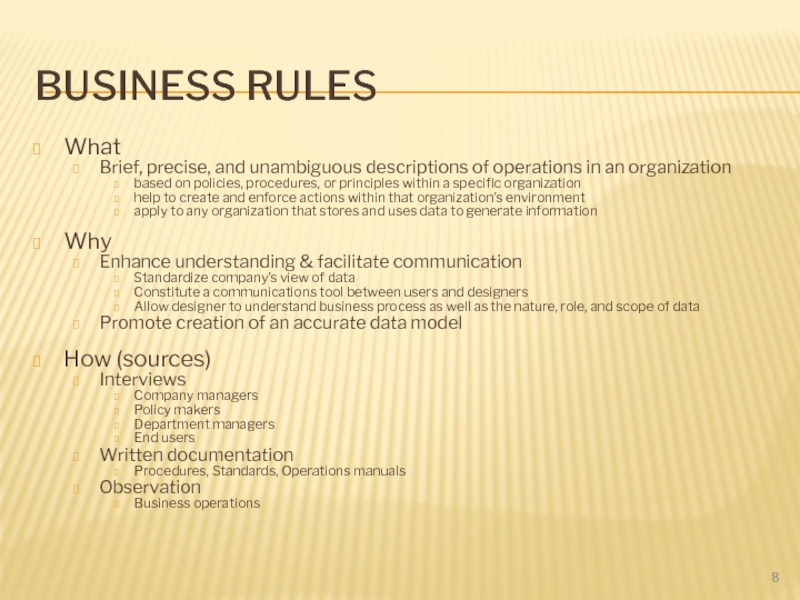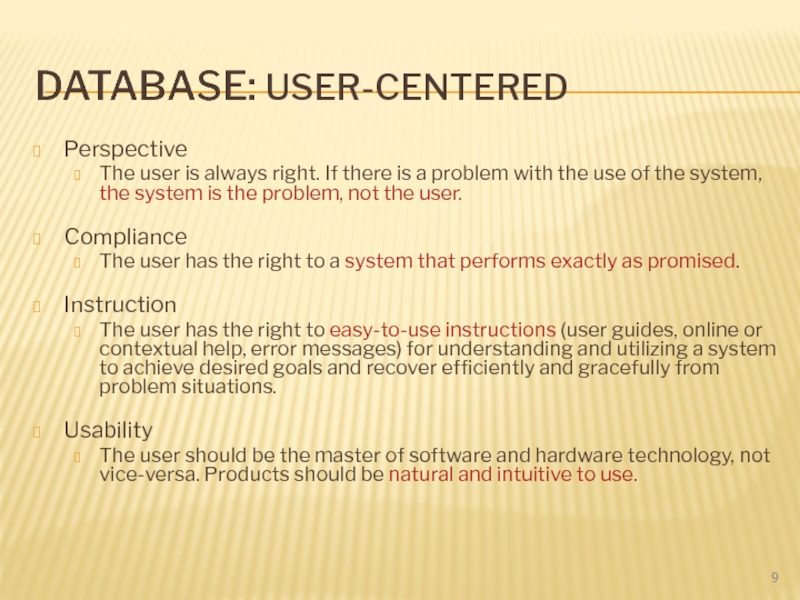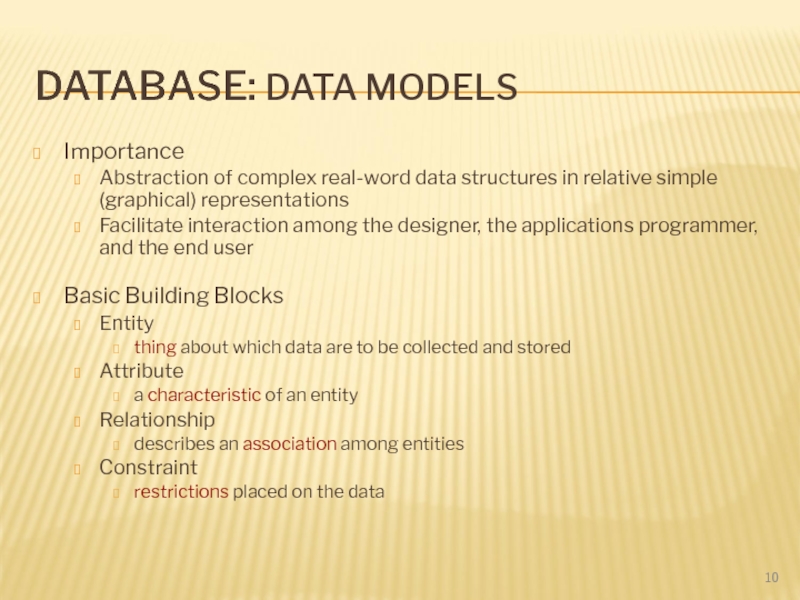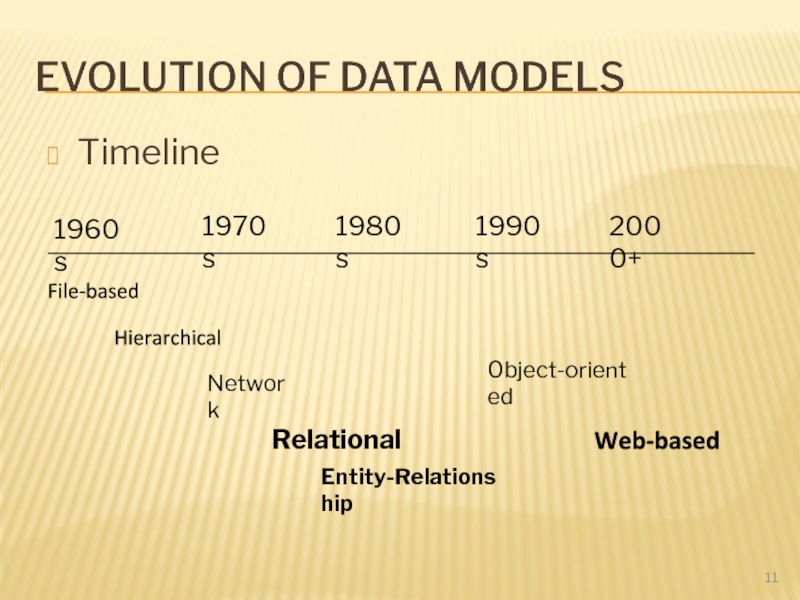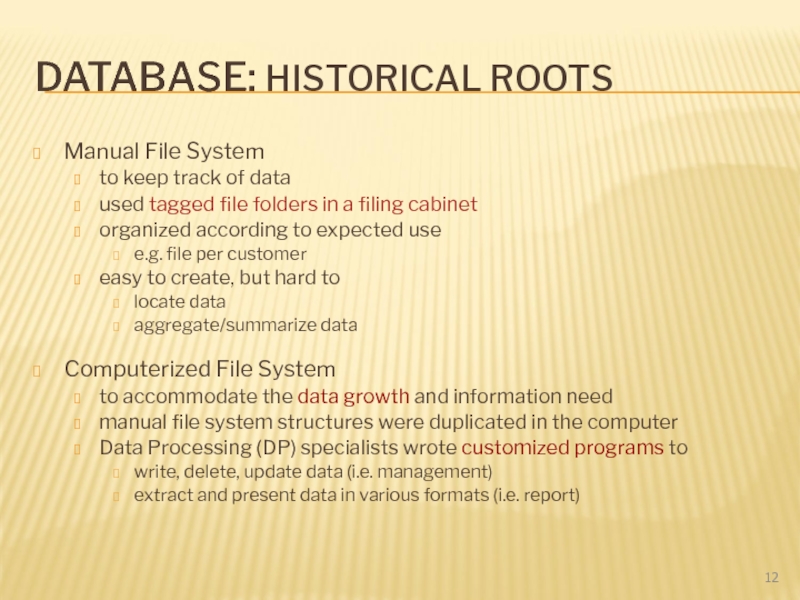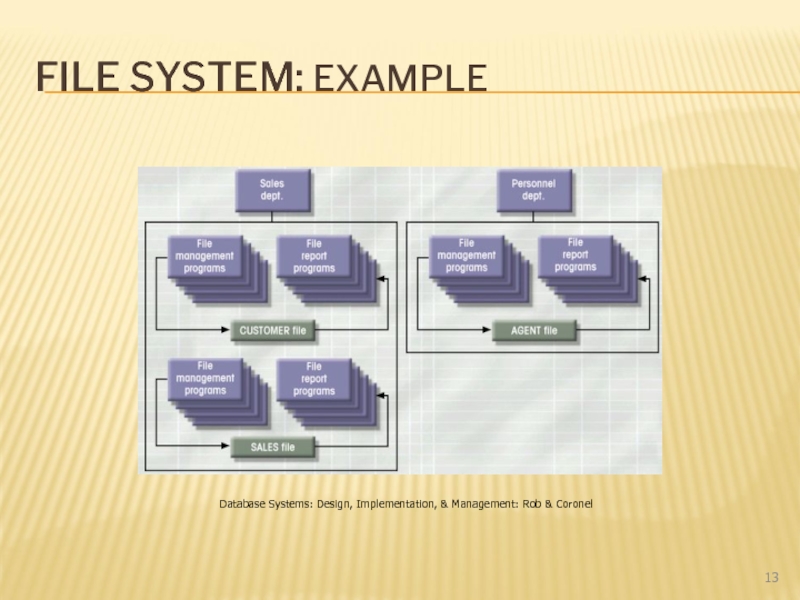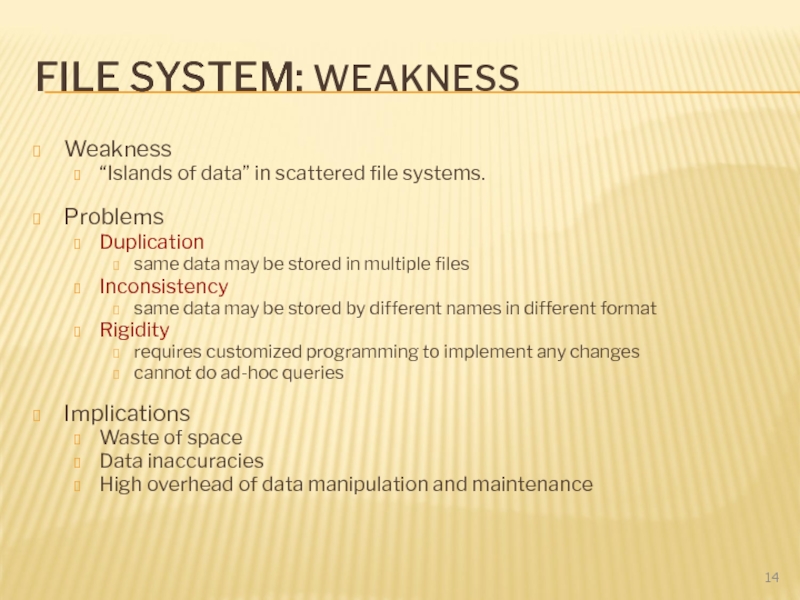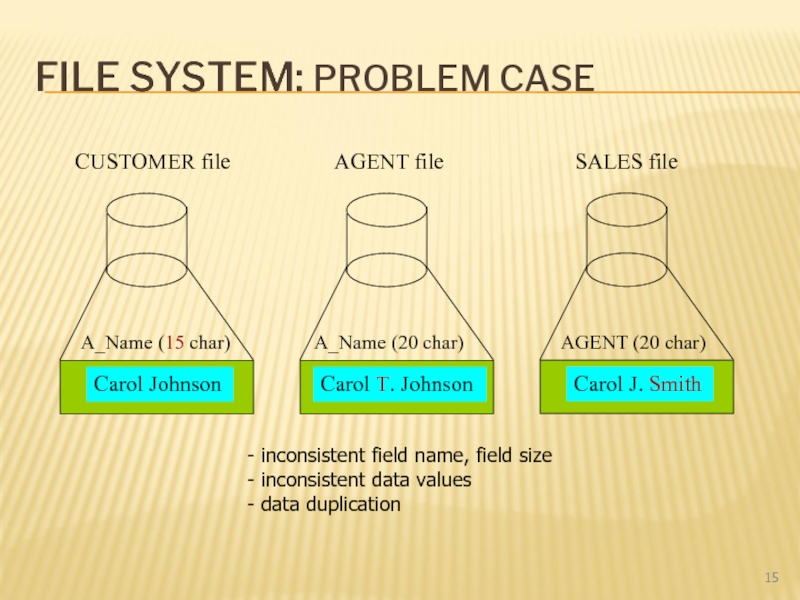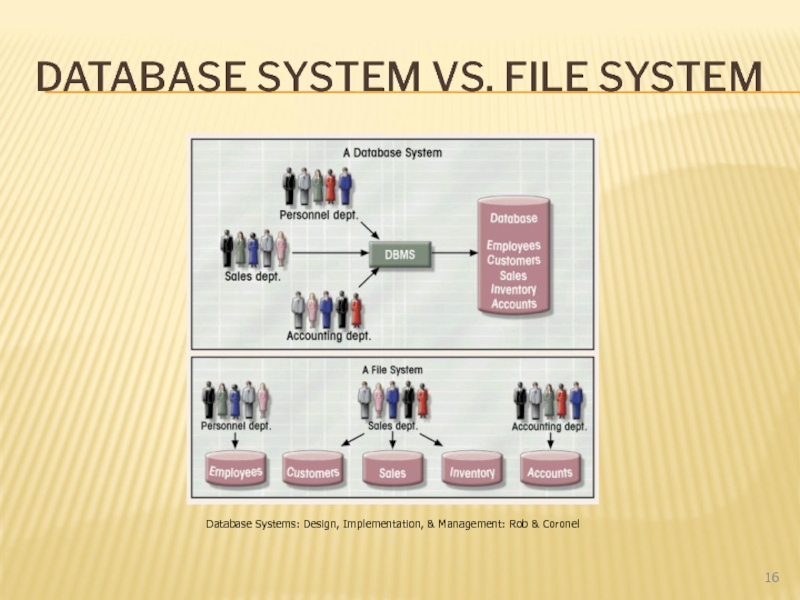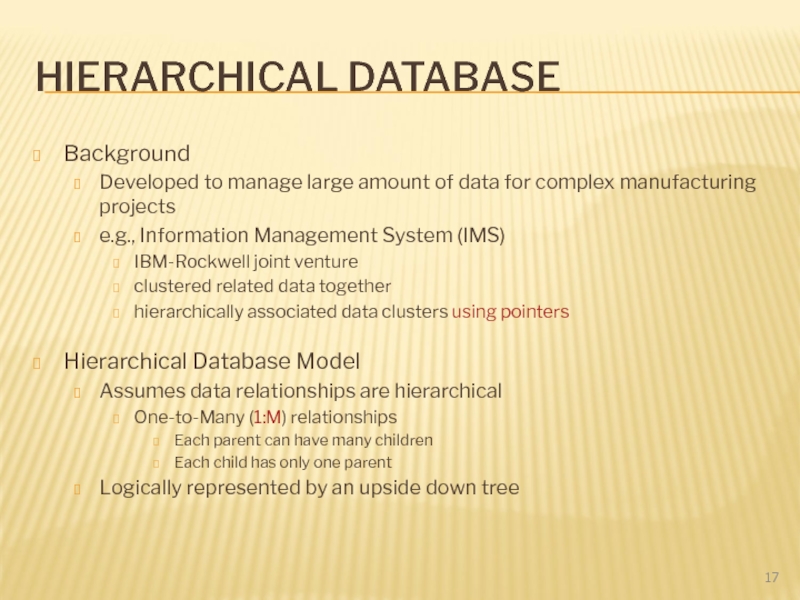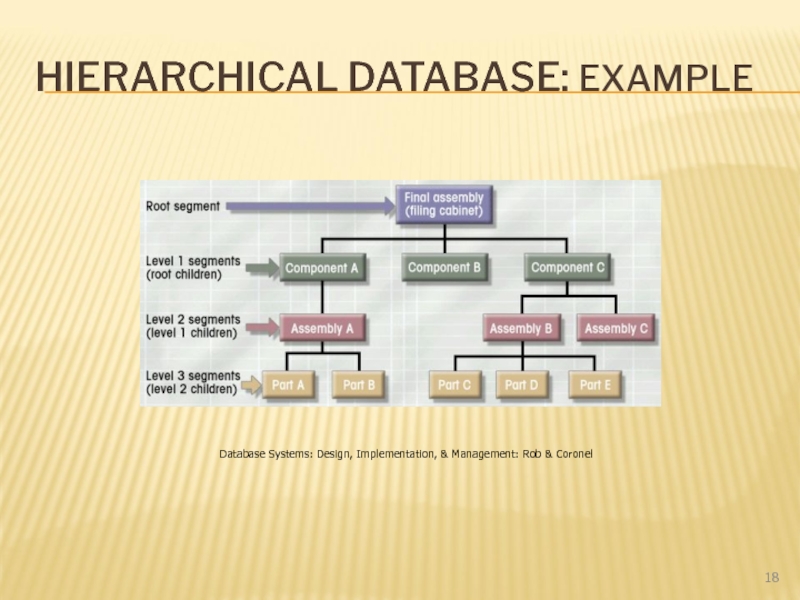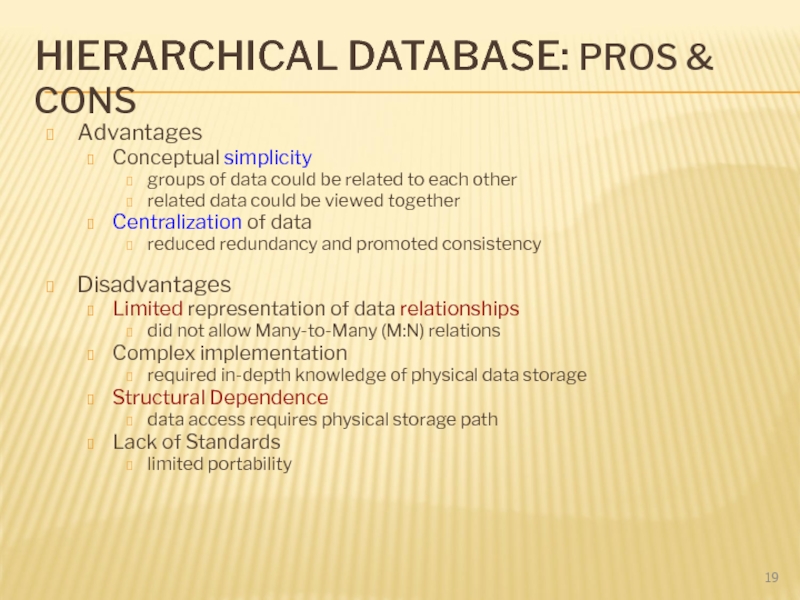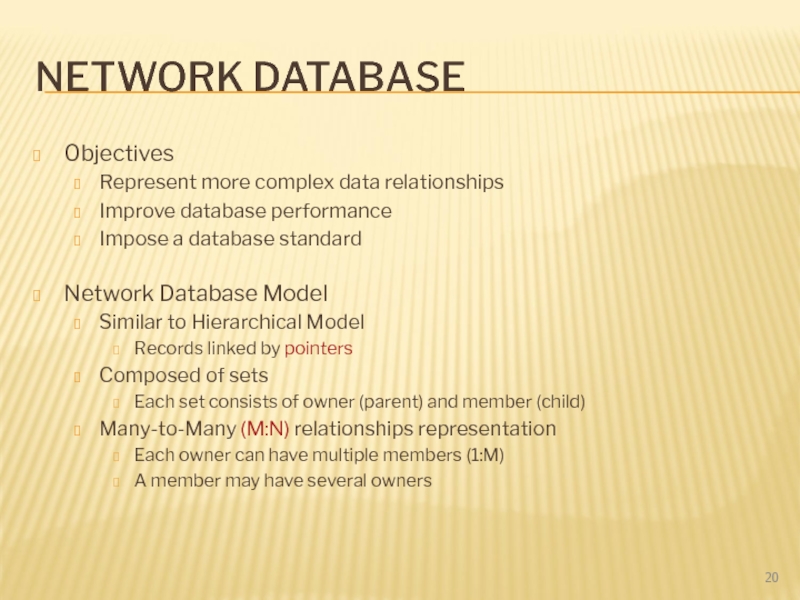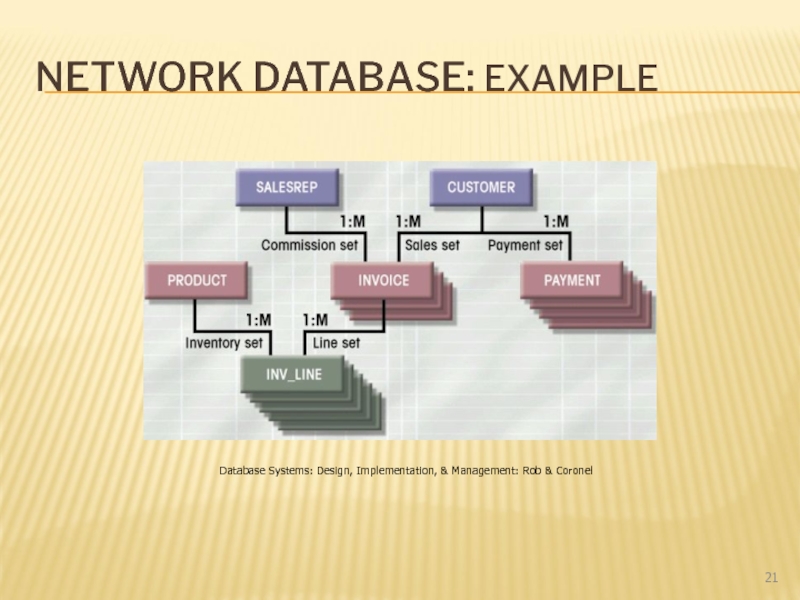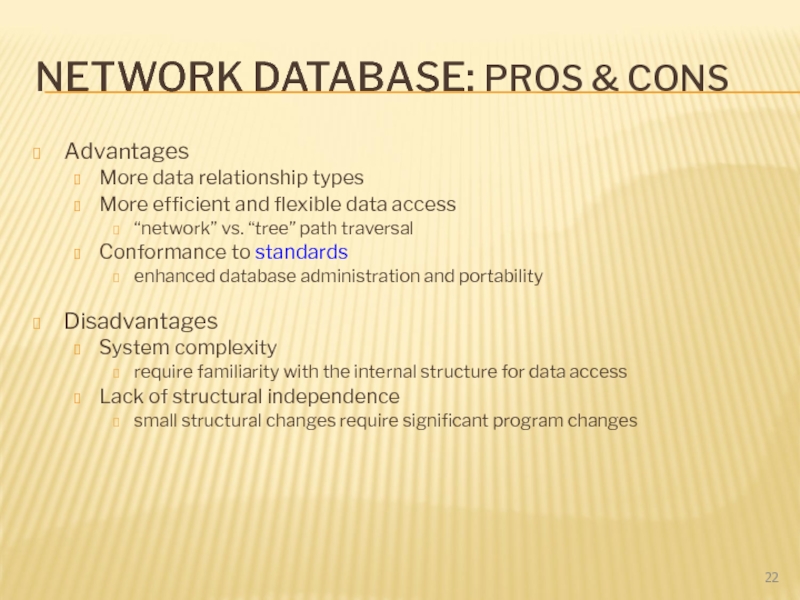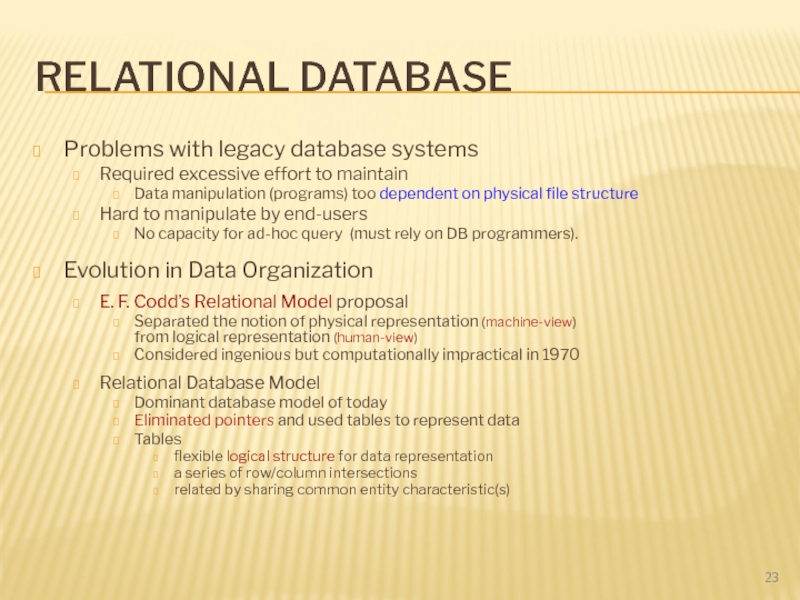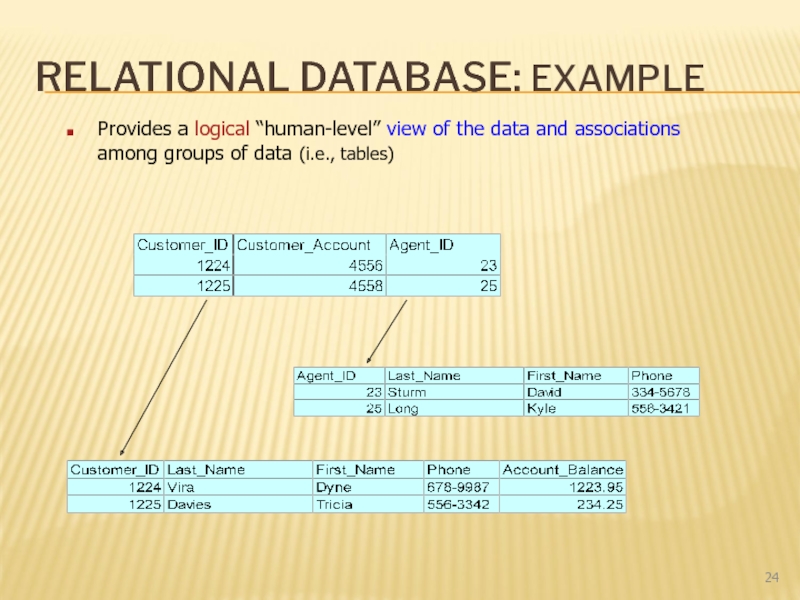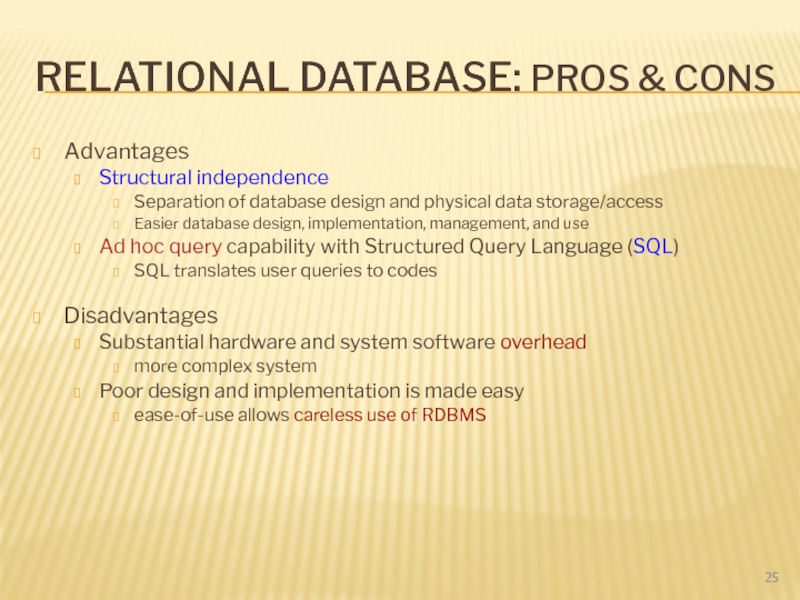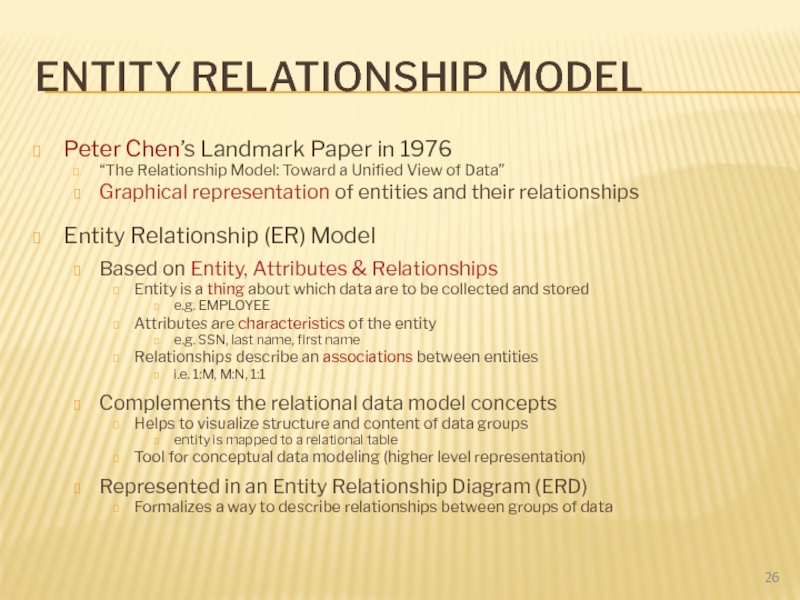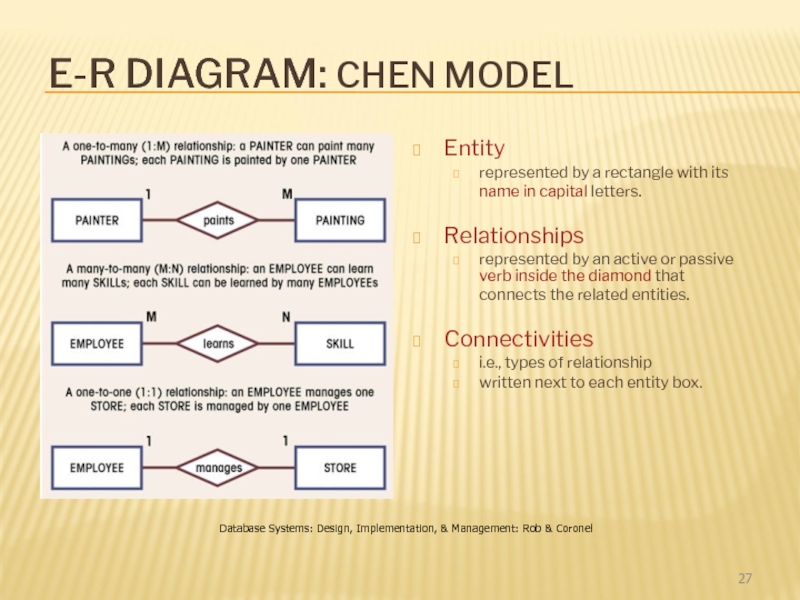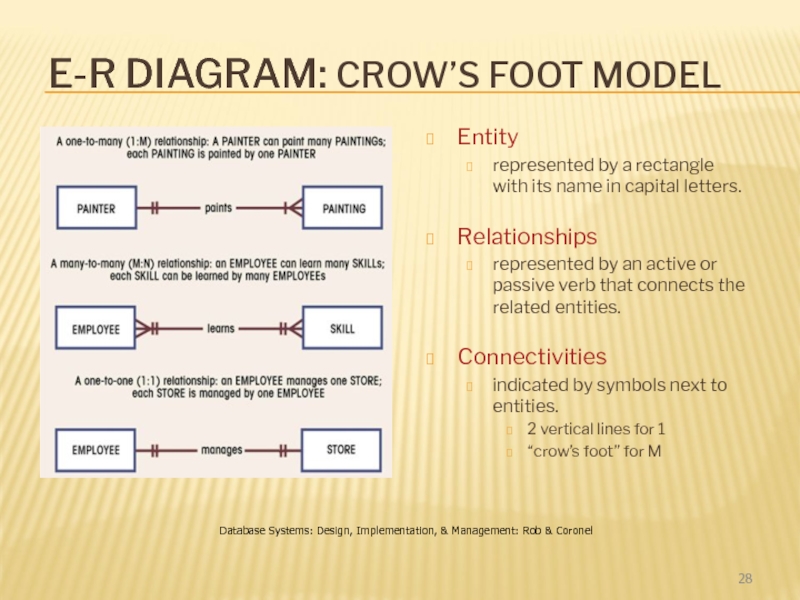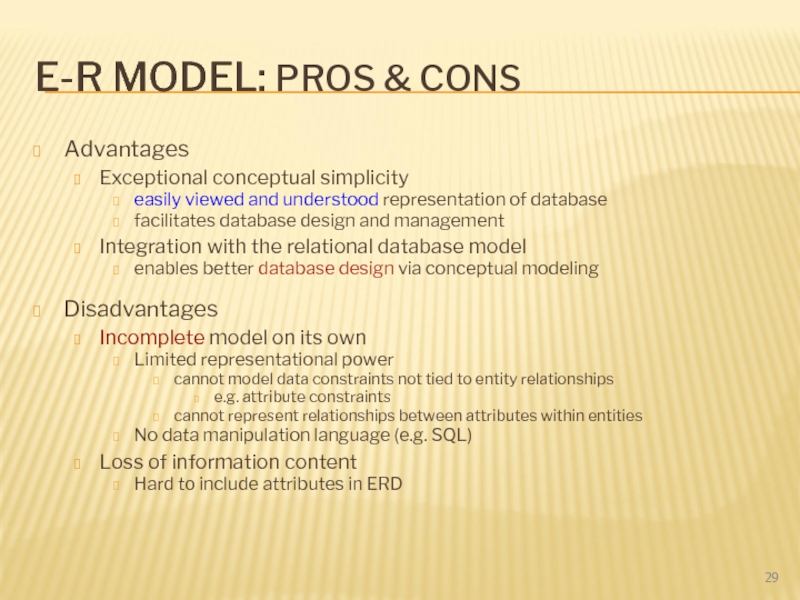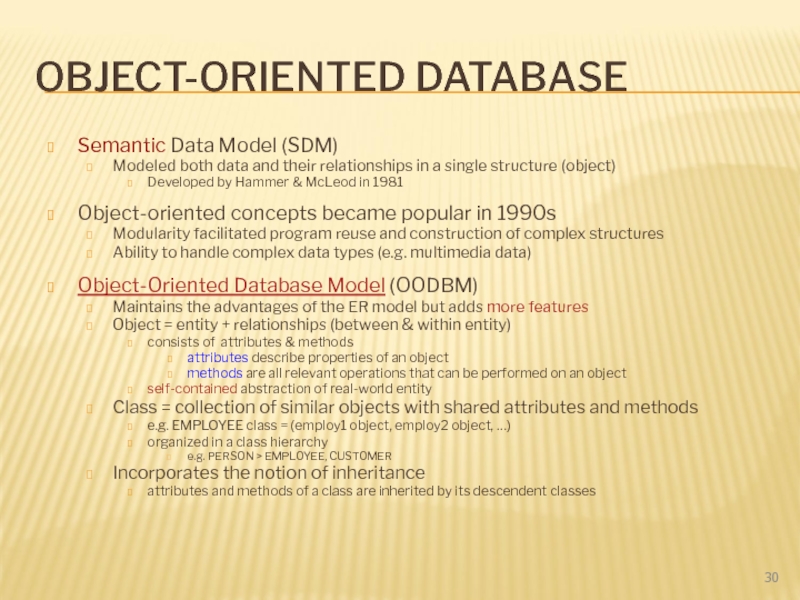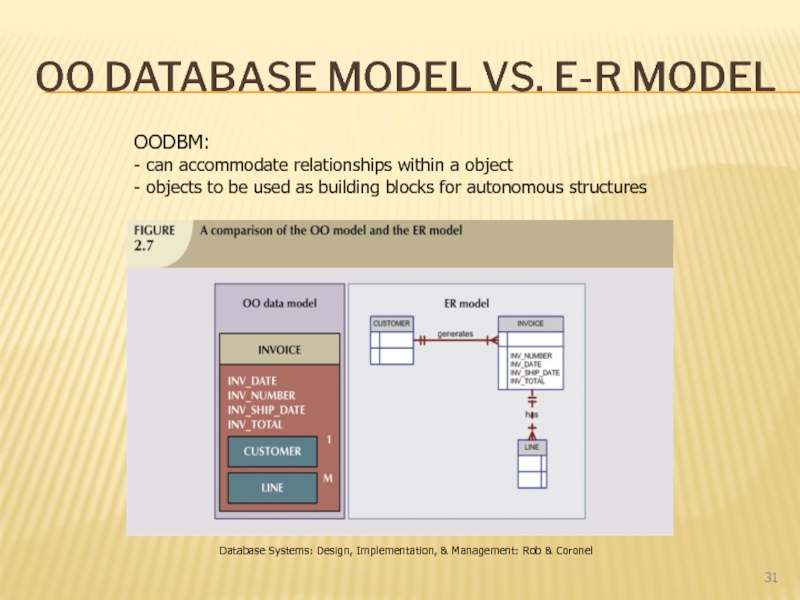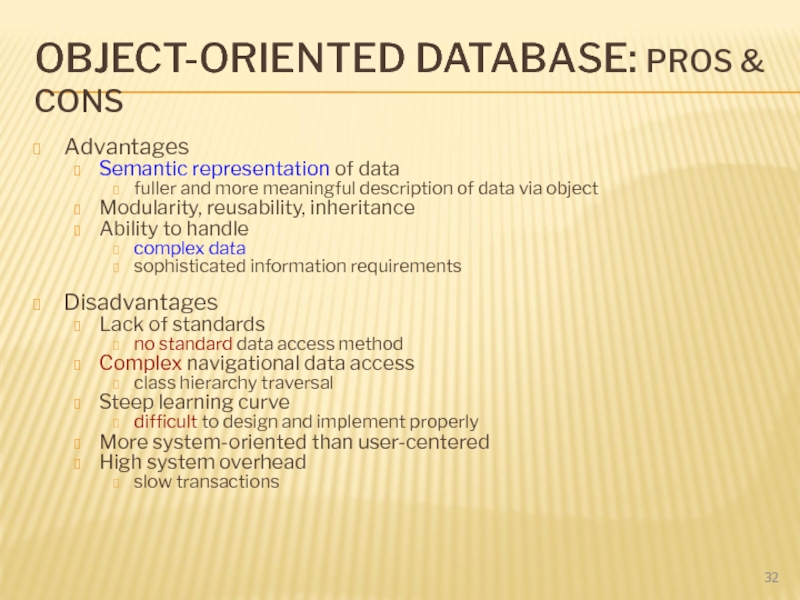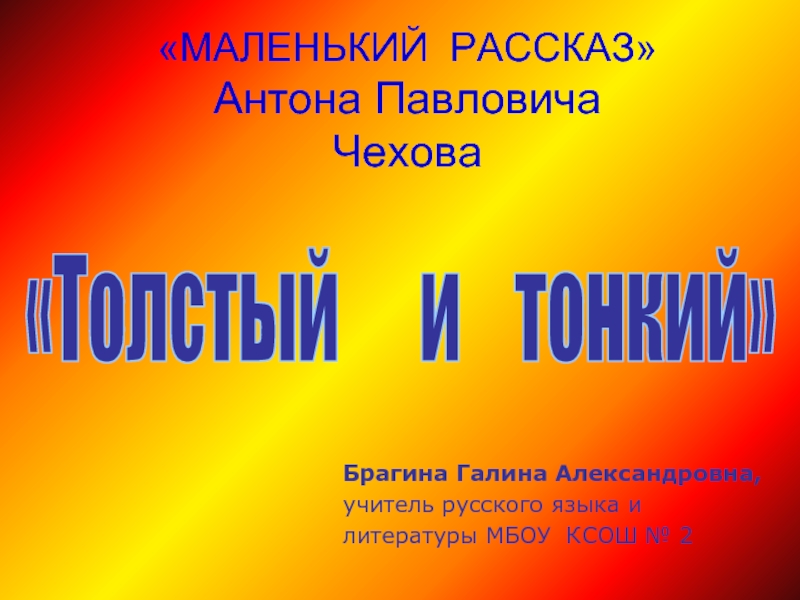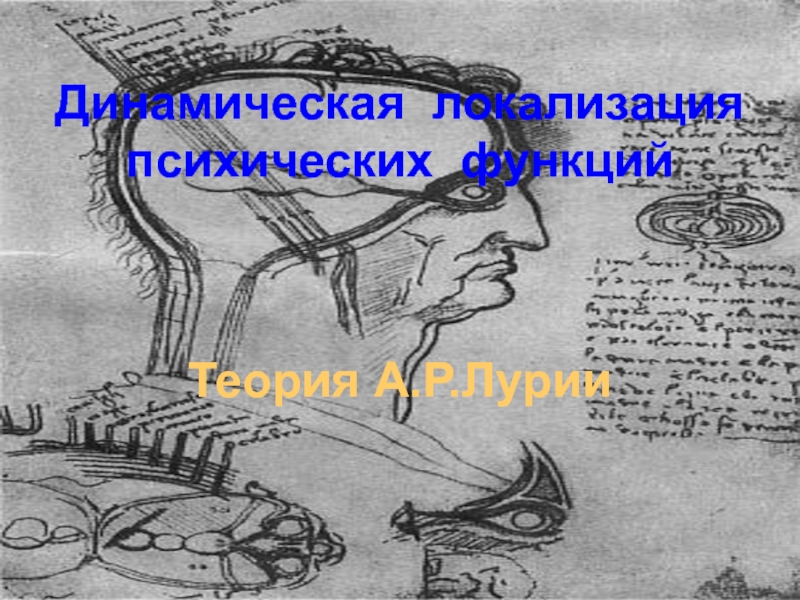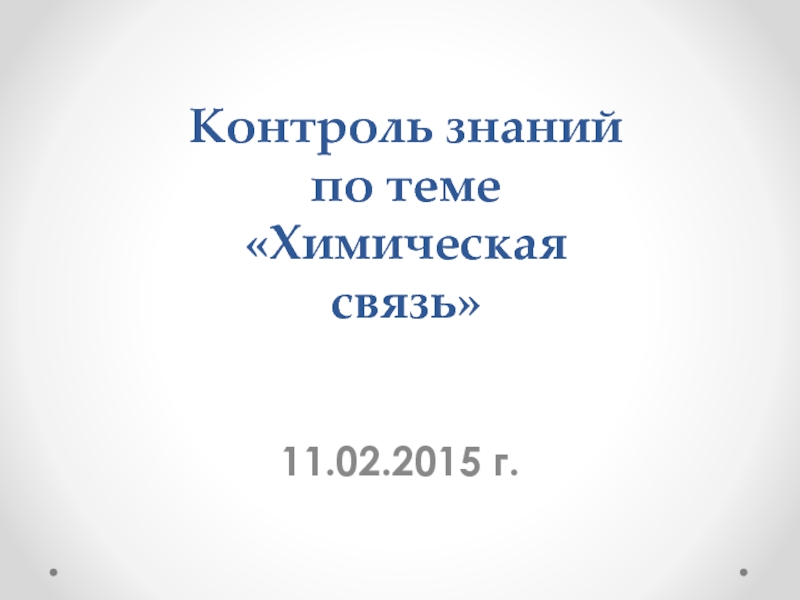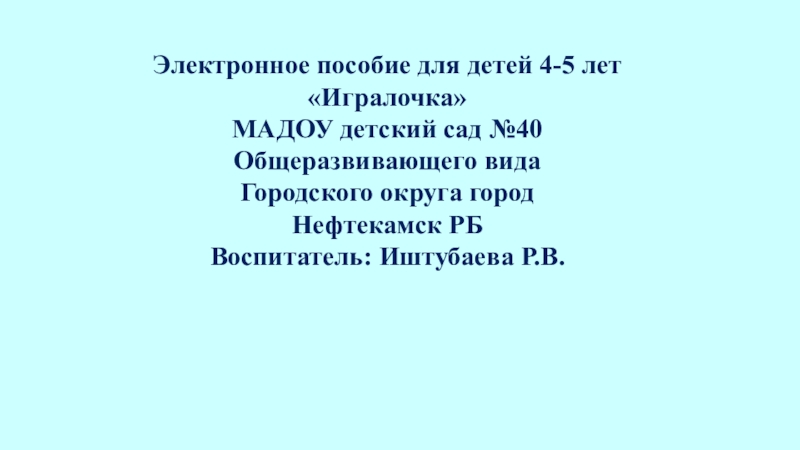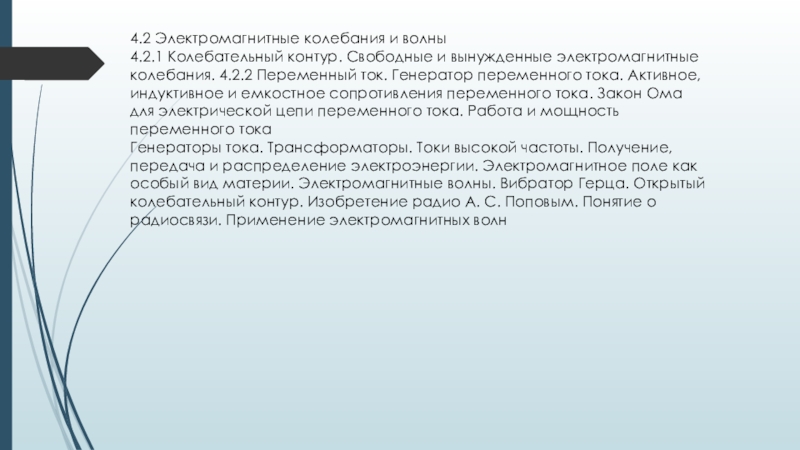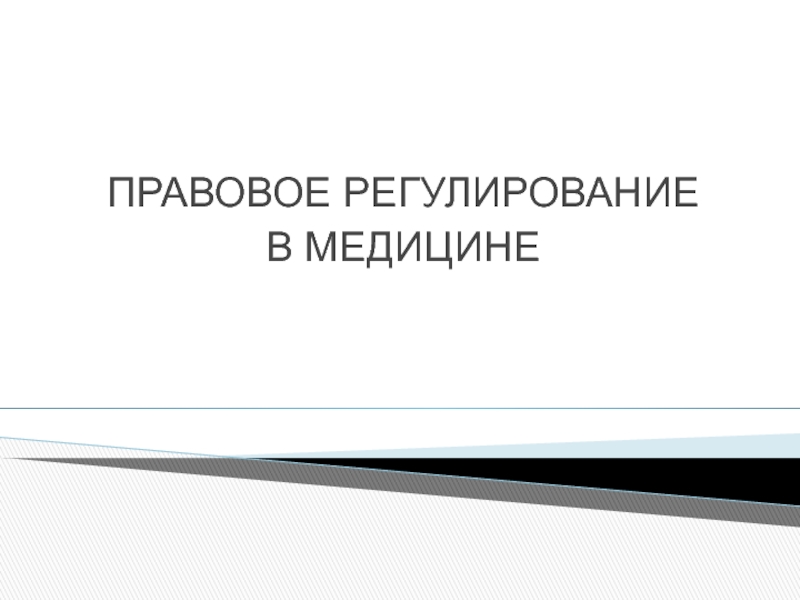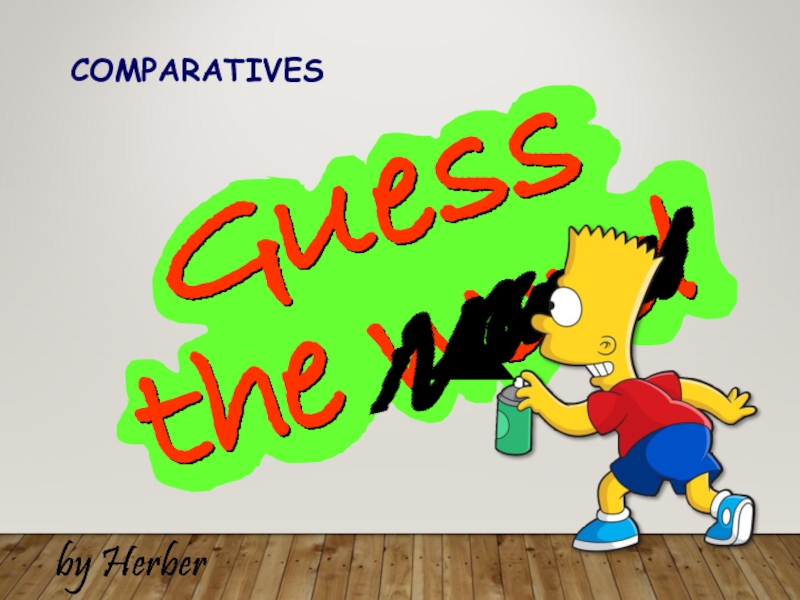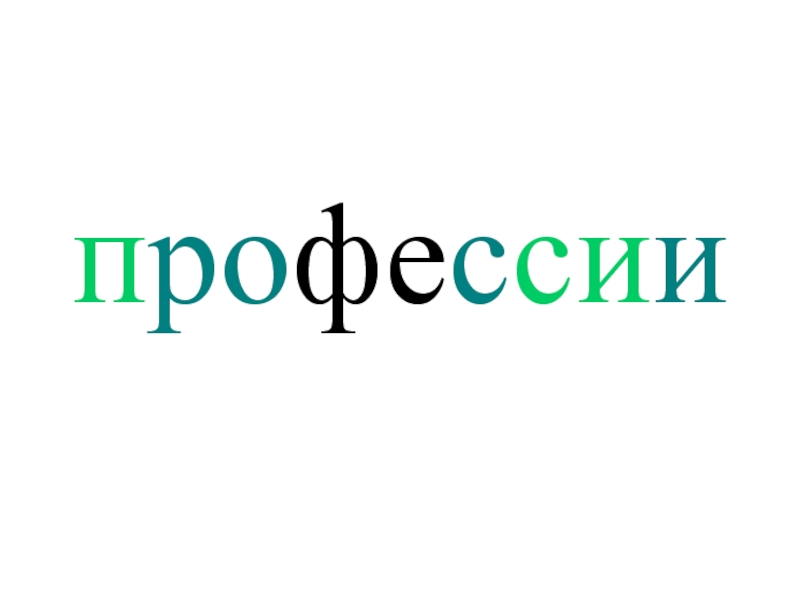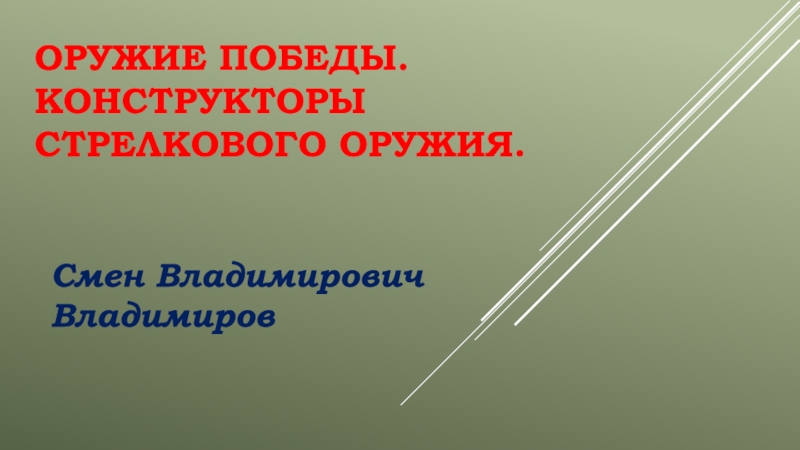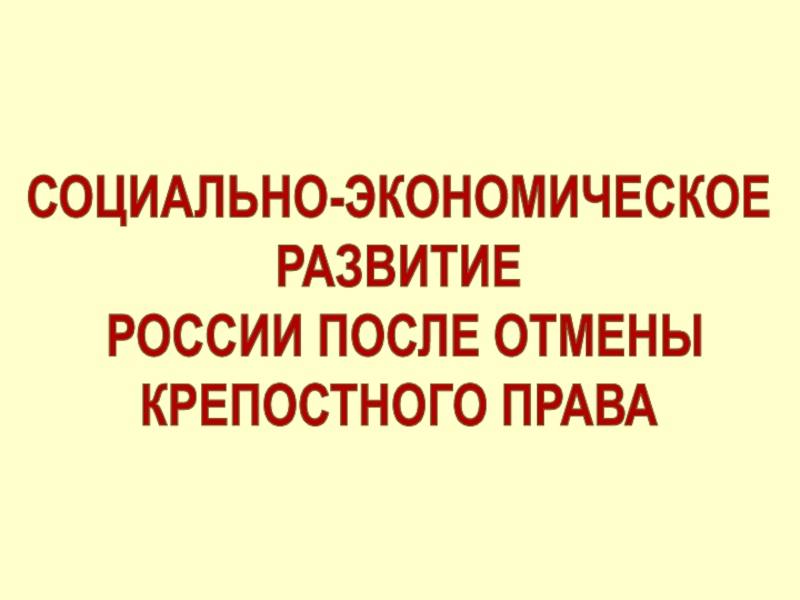Разделы презентаций
- Разное
- Английский язык
- Астрономия
- Алгебра
- Биология
- География
- Геометрия
- Детские презентации
- Информатика
- История
- Литература
- Математика
- Медицина
- Менеджмент
- Музыка
- МХК
- Немецкий язык
- ОБЖ
- Обществознание
- Окружающий мир
- Педагогика
- Русский язык
- Технология
- Физика
- Философия
- Химия
- Шаблоны, картинки для презентаций
- Экология
- Экономика
- Юриспруденция
Database systems. B asic concepts of databases. Databases and database
Содержание
- 1. Database systems. B asic concepts of databases. Databases and database
- 2. OutlineDatabaseWhat, Why, HowEvolution of DatabaseFile SystemData ModelsHierarchicalNetworkRelationalEntity-RelationshipObject-OrientedWeb Database
- 3. Database: WhatDatabaseis collection of related data and
- 4. Database Management SystemDatabase Systems: Design, Implementation, &
- 5. Database System EnvironmentDatabase Systems: Design, Implementation, &
- 6. Database: WhyPurpose of DatabaseOptimizes data management Transforms
- 7. Database: HowPlanning & AnalysisAssess Goal of the
- 8. Business RulesWhatBrief, precise, and unambiguous descriptions of
- 9. Database: User-centeredPerspectiveThe user is always right. If
- 10. Database: Data ModelsImportanceAbstraction of complex real-word data
- 11. Evolution of Data ModelsTimeline1960s1970s1980s1990s2000+File-basedHierarchicalNetworkRelationalObject-orientedWeb-basedEntity-Relationship
- 12. Database: Historical RootsManual File Systemto keep track
- 13. File System: ExampleDatabase Systems: Design, Implementation, & Management: Rob & Coronel
- 14. File System: WeaknessWeakness“Islands of data” in scattered
- 15. File System: Problem CaseCUSTOMER fileAGENT fileSALES fileA_Name
- 16. Database System vs. File SystemDatabase Systems: Design, Implementation, & Management: Rob & Coronel
- 17. Hierarchical DatabaseBackgroundDeveloped to manage large amount of
- 18. Hierarchical Database: ExampleDatabase Systems: Design, Implementation, & Management: Rob & Coronel
- 19. Hierarchical Database: Pros & ConsAdvantagesConceptual simplicitygroups of
- 20. Network DatabaseObjectivesRepresent more complex data relationshipsImprove database
- 21. Network Database: ExampleDatabase Systems: Design, Implementation, & Management: Rob & Coronel
- 22. Network Database: Pros & ConsAdvantagesMore data relationship
- 23. Relational DatabaseProblems with legacy database systemsRequired excessive
- 24. Relational Database: ExampleProvides a logical “human-level” view
- 25. Relational Database: Pros & ConsAdvantagesStructural independenceSeparation of
- 26. Entity Relationship ModelPeter Chen’s Landmark Paper in
- 27. E-R Diagram: Chen ModelEntityrepresented by a rectangle
- 28. E-R Diagram: Crow’s Foot ModelEntityrepresented by a
- 29. E-R Model: Pros & ConsAdvantages Exceptional conceptual
- 30. Object-Oriented DatabaseSemantic Data Model (SDM)Modeled both data
- 31. OO Database Model vs. E-R ModelDatabase Systems:
- 32. Object-Oriented Database: Pros & ConsAdvantagesSemantic representation of
- 33. Скачать презентанцию
OutlineDatabaseWhat, Why, HowEvolution of DatabaseFile SystemData ModelsHierarchicalNetworkRelationalEntity-RelationshipObject-OrientedWeb Database
Слайды и текст этой презентации
Слайд 2Outline
Database
What, Why, How
Evolution of Database
File System
Data Models
Hierarchical
Network
Relational
Entity-Relationship
Object-Oriented
Web Database
Слайд 3Database: What
Database
is collection of related data and its metadata organized
in a structured format
for optimized information management
Database Management System
(DBMS)is a software that enables easy creation, access, and modification of databases
for efficient and effective database management
Database System
is an integrated system of hardware, software, people, procedures, and data
that define and regulate the collection, storage, management, and use of data within a database environment
Слайд 4Database Management System
Database Systems: Design, Implementation, & Management: Rob &
Coronel
- manages interaction between end users and database
Слайд 5Database System Environment
Database Systems: Design, Implementation, & Management: Rob &
Coronel
Hardware
Software
- OS
- DBMS
- ApplicationsPeople
Procedures
Data
Слайд 6Database: Why
Purpose of Database
Optimizes data management
Transforms data into information
Importance of
Database Design
Defines the database’s expected use
different approach needed for different
types of databasesAvoid data redundancy & ensure data integrity
data is accurate and verifiable
Poorly designed database generates errors
leads to bad decisions
can lead to failure of organization
Functions of DBMS/Database System
Stores data and related data entry forms, report definitions, etc.
Hides the complexities of relational database model from the user
facilitates the construction/definition of data elements and their relationships
enables data transformation and presentation
Enforces data integrity
Implements data security management
access, privacy, backup & restoration
Слайд 7Database: How
Planning & Analysis
Assess
Goal of the organization
Database environment
existing hardware,
software, raw data, data processing procedures
Identify
Database needs
what database can do
to further the goal of the organizationUser needs and characteristics
who the users are, what they want to do, how they envision doing it
Database system requirements
what the database system should do to satisfy the database and user needs
Design
From conceptual design to a detailed system specification
Implementation
Create the database
Maintenance
Troubleshoot, update, streamline the database
Слайд 8Business Rules
What
Brief, precise, and unambiguous descriptions of operations in an
organization
based on policies, procedures, or principles within a specific organization
help
to create and enforce actions within that organization’s environmentapply to any organization that stores and uses data to generate information
Why
Enhance understanding & facilitate communication
Standardize company’s view of data
Constitute a communications tool between users and designers
Allow designer to understand business process as well as the nature, role, and scope of data
Promote creation of an accurate data model
How (sources)
Interviews
Company managers
Policy makers
Department managers
End users
Written documentation
Procedures, Standards, Operations manuals
Observation
Business operations
Слайд 9Database: User-centered
Perspective
The user is always right. If there is a
problem with the use of the system, the system is
the problem, not the user.Compliance
The user has the right to a system that performs exactly as promised.
Instruction
The user has the right to easy-to-use instructions (user guides, online or contextual help, error messages) for understanding and utilizing a system to achieve desired goals and recover efficiently and gracefully from problem situations.
Usability
The user should be the master of software and hardware technology, not vice-versa. Products should be natural and intuitive to use.
Слайд 10Database: Data Models
Importance
Abstraction of complex real-word data structures in relative
simple (graphical) representations
Facilitate interaction among the designer, the applications programmer,
and the end user
Basic Building Blocks
Entity
thing about which data are to be collected and stored
Attribute
a characteristic of an entity
Relationship
describes an association among entities
Constraint
restrictions placed on the data
Слайд 11Evolution of Data Models
Timeline
1960s
1970s
1980s
1990s
2000+
File-based
Hierarchical
Network
Relational
Object-oriented
Web-based
Entity-Relationship
Слайд 12Database: Historical Roots
Manual File System
to keep track of data
used
tagged file folders in a filing cabinet
organized according to expected
usee.g. file per customer
easy to create, but hard to
locate data
aggregate/summarize data
Computerized File System
to accommodate the data growth and information need
manual file system structures were duplicated in the computer
Data Processing (DP) specialists wrote customized programs to
write, delete, update data (i.e. management)
extract and present data in various formats (i.e. report)
Слайд 14File System: Weakness
Weakness
“Islands of data” in scattered file systems.
Problems
Duplication
same data may be stored in multiple files
Inconsistency
same data may
be stored by different names in different format Rigidity
requires customized programming to implement any changes
cannot do ad-hoc queries
Implications
Waste of space
Data inaccuracies
High overhead of data manipulation and maintenance
Слайд 15File System: Problem Case
CUSTOMER file
AGENT file
SALES file
A_Name (15 char)
Carol Johnson
A_Name
(20 char)
Carol T. Johnson
AGENT (20 char)
Carol J. Smith
- inconsistent field
name, field size
- inconsistent data values
- data duplicationСлайд 16Database System vs. File System
Database Systems: Design, Implementation, & Management:
Rob & Coronel
Слайд 17Hierarchical Database
Background
Developed to manage large amount of data for complex
manufacturing projects
e.g., Information Management System (IMS)
IBM-Rockwell joint venture
clustered related data
togetherhierarchically associated data clusters using pointers
Hierarchical Database Model
Assumes data relationships are hierarchical
One-to-Many (1:M) relationships
Each parent can have many children
Each child has only one parent
Logically represented by an upside down tree
Слайд 18Hierarchical Database: Example
Database Systems: Design, Implementation, & Management: Rob &
Coronel
Слайд 19Hierarchical Database: Pros & Cons
Advantages
Conceptual simplicity
groups of data could be
related to each other
related data could be viewed together
Centralization of
datareduced redundancy and promoted consistency
Disadvantages
Limited representation of data relationships
did not allow Many-to-Many (M:N) relations
Complex implementation
required in-depth knowledge of physical data storage
Structural Dependence
data access requires physical storage path
Lack of Standards
limited portability
Слайд 20Network Database
Objectives
Represent more complex data relationships
Improve database performance
Impose a database
standard
Network Database Model
Similar to Hierarchical Model
Records linked by pointers
Composed of
setsEach set consists of owner (parent) and member (child)
Many-to-Many (M:N) relationships representation
Each owner can have multiple members (1:M)
A member may have several owners
Слайд 21Network Database: Example
Database Systems: Design, Implementation, & Management: Rob &
Coronel
Слайд 22Network Database: Pros & Cons
Advantages
More data relationship types
More efficient and
flexible data access
“network” vs. “tree” path traversal
Conformance to standards
enhanced
database administration and portability
Disadvantages
System complexity
require familiarity with the internal structure for data access
Lack of structural independence
small structural changes require significant program changes
Слайд 23Relational Database
Problems with legacy database systems
Required excessive effort to maintain
Data
manipulation (programs) too dependent on physical file structure
Hard to manipulate
by end-usersNo capacity for ad-hoc query (must rely on DB programmers).
Evolution in Data Organization
E. F. Codd’s Relational Model proposal
Separated the notion of physical representation (machine-view) from logical representation (human-view)
Considered ingenious but computationally impractical in 1970
Relational Database Model
Dominant database model of today
Eliminated pointers and used tables to represent data
Tables
flexible logical structure for data representation
a series of row/column intersections
related by sharing common entity characteristic(s)
Слайд 24Relational Database: Example
Provides a logical “human-level” view of the data
and associations among groups of data (i.e., tables)
Слайд 25Relational Database: Pros & Cons
Advantages
Structural independence
Separation of database design and
physical data storage/access
Easier database design, implementation, management, and use
Ad hoc query capability with Structured Query Language (SQL)
SQL translates user queries to codes
Disadvantages
Substantial hardware and system software overhead
more complex system
Poor design and implementation is made easy
ease-of-use allows careless use of RDBMS
Слайд 26Entity Relationship Model
Peter Chen’s Landmark Paper in 1976
“The Relationship Model:
Toward a Unified View of Data”
Graphical representation of entities and
their relationships
Entity Relationship (ER) Model
Based on Entity, Attributes & Relationships
Entity is a thing about which data are to be collected and stored
e.g. EMPLOYEE
Attributes are characteristics of the entity
e.g. SSN, last name, first name
Relationships describe an associations between entities
i.e. 1:M, M:N, 1:1
Complements the relational data model concepts
Helps to visualize structure and content of data groups
entity is mapped to a relational table
Tool for conceptual data modeling (higher level representation)
Represented in an Entity Relationship Diagram (ERD)
Formalizes a way to describe relationships between groups of data
Слайд 27E-R Diagram: Chen Model
Entity
represented by a rectangle with its name
in capital letters.
Relationships
represented by an active or passive verb inside
the diamond that connects the related entities.
Connectivities
i.e., types of relationship
written next to each entity box.
Database Systems: Design, Implementation, & Management: Rob & Coronel
Слайд 28E-R Diagram: Crow’s Foot Model
Entity
represented by a rectangle with its
name in capital letters.
Relationships
represented by an active or passive verb
that connects the related entities.
Connectivities
indicated by symbols next to entities.
2 vertical lines for 1
“crow’s foot” for M
Database Systems: Design, Implementation, & Management: Rob & Coronel
Слайд 29E-R Model: Pros & Cons
Advantages
Exceptional conceptual simplicity
easily viewed and understood
representation of database
facilitates database design and management
Integration with the relational
database modelenables better database design via conceptual modeling
Disadvantages
Incomplete model on its own
Limited representational power
cannot model data constraints not tied to entity relationships
e.g. attribute constraints
cannot represent relationships between attributes within entities
No data manipulation language (e.g. SQL)
Loss of information content
Hard to include attributes in ERD
Слайд 30Object-Oriented Database
Semantic Data Model (SDM)
Modeled both data and their relationships
in a single structure (object)
Developed by Hammer & McLeod in
1981
Object-oriented concepts became popular in 1990s
Modularity facilitated program reuse and construction of complex structures
Ability to handle complex data types (e.g. multimedia data)
Object-Oriented Database Model (OODBM)
Maintains the advantages of the ER model but adds more features
Object = entity + relationships (between & within entity)
consists of attributes & methods
attributes describe properties of an object
methods are all relevant operations that can be performed on an object
self-contained abstraction of real-world entity
Class = collection of similar objects with shared attributes and methods
e.g. EMPLOYEE class = (employ1 object, employ2 object, …)
organized in a class hierarchy
e.g. PERSON > EMPLOYEE, CUSTOMER
Incorporates the notion of inheritance
attributes and methods of a class are inherited by its descendent classes
Слайд 31OO Database Model vs. E-R Model
Database Systems: Design, Implementation, &
Management: Rob & Coronel
OODBM:
- can accommodate relationships within a
object
- objects to be used as building blocks for autonomous structuresСлайд 32Object-Oriented Database: Pros & Cons
Advantages
Semantic representation of data
fuller and more
meaningful description of data via object
Modularity, reusability, inheritance
Ability to handle
complex
datasophisticated information requirements
Disadvantages
Lack of standards
no standard data access method
Complex navigational data access
class hierarchy traversal
Steep learning curve
difficult to design and implement properly
More system-oriented than user-centered
High system overhead
slow transactions
